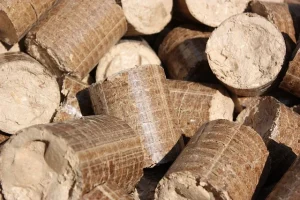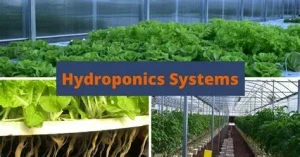Are you tired of soil limitations holding back your gardening dreams? Welcome to the world of hydroponic gardening, where lush greenery and bountiful harvests are within reach, regardless of your space or soil quality. In this comprehensive guide, we’ll explore the wonders of hydroponic gardening, from its roots in history to practical tips for setting up and maintaining your thriving garden.

What is Hydroponic Gardening?
- Hydroponic gardening is a method of growing plants without soil, using nutrient-rich water solutions instead.
- Unlike traditional gardening, hydroponics offers several advantages, including faster growth rates, higher yields, and the ability to grow plants in areas with poor soil quality or limited space.
The Science Behind Hydroponics
- Plants grow in hydroponic systems by absorbing water and nutrients directly through their roots, which are suspended in the nutrient solution.
- The water in hydroponic systems is carefully oxygenated to ensure optimal root health and growth.
Types of Hydroponic Systems

- Deep Water Culture (DWC): Plants are suspended in a nutrient solution with their roots submerged, allowing for ample oxygenation.
- Nutrient Film Technique (NFT): A thin film of nutrient solution flows over the roots, providing a constant supply of water and nutrients.
- Aeroponics: Plants are suspended in the air, with the nutrient solution delivered in the form of a fine mist.
- Wicking Systems: The nutrient solution is drawn up into the growing medium via a wick, providing a steady supply of water and nutrients.
- Ebb and Flow (Flood and Drain): The nutrient solution is periodically flooded and drained from the growing medium, providing oxygenation to the roots.
Setting Up Your Hydroponic Garden
- Choose the right system based on your space, budget, and gardening goals.
- Gather necessary equipment and supplies, including a reservoir, growing medium, nutrient solution, and lighting.
- Follow a step-by-step setup process, ensuring proper installation and nutrient balance.
Maintaining Your Hydroponic Garden
- Perform daily and weekly maintenance tasks, such as monitoring water levels, adjusting nutrient levels, and pruning plants.
- Regularly check pH and nutrient levels to ensure optimal plant growth and health.
- Troubleshoot common issues, such as nutrient deficiencies, pests, and diseases.
Growing Tips and Tricks
- Choose beginner-friendly plants, such as lettuce, herbs, and tomatoes, for your hydroponic garden.
- Maximize yield and growth by providing adequate lighting, ventilation, and nutrient balance.
- Consider seasonal variations and adjust growing conditions accordingly.
The Environmental Impact of Hydroponics
- Hydroponic gardening can be more sustainable than traditional gardening, as it requires less water and eliminates the need for harmful pesticides and herbicides.
- The future of hydroponics looks promising, especially in urban farming settings where space and resources are limited.
Conclusion: Harvesting the Rewards
- Experience the joy of harvesting your fresh produce year-round, regardless of outdoor conditions.
- Expand your hydroponic journey by experimenting with new plants, systems, and techniques.
Closing Thoughts
Hydroponic gardening opens up a world of possibilities for both seasoned gardeners and beginners alike. With this guide, you have the tools and knowledge to create your thriving garden oasis, one nutrient-rich droplet at a time. So, roll up your sleeves and embark on this exciting journey of growth and innovation. Your green paradise awaits!
Related Posts
How To Harvest kale Without Killing The Plant
AP For Your Garden Room: Factors, Choosing & Installation
Purple Galaxy Tomatoes: Why And How To Grow
Chia Seeds: Nutritional Value, Health Benefits, Uses & Much More
The Stables Kitchen and Beer Garden: A Fun Place to Eat & Drink.

Benjamin Smith
Greetings, fellow garden enthusiasts! I’m Benjamin Smith, the dedicated administrator of NoviceNurturer.com, your go-to destination for all things kitchen gardening. As a firm believer in the therapeutic power of plants and the joy of growing your own food, I’ve curated this space to share my passion and knowledge with you……







